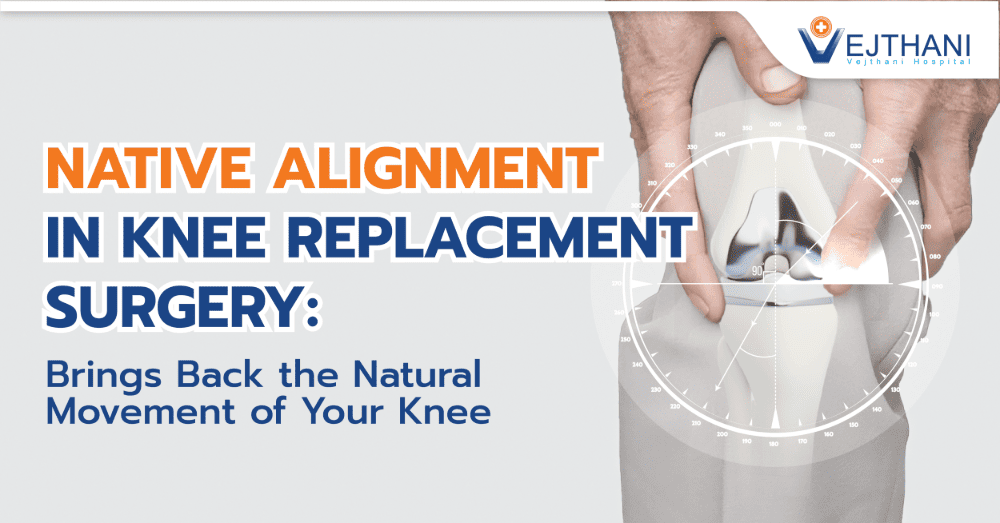
Valsalva maneuver
Overview
The Valsalva maneuver is a simple, noninvasive technique used to treat a rapid heart rate known as Supraventricular Tachycardia (SVT). It is often considered a first-line approach before medication or other procedures to restore a normal heart rhythm. To perform the Valsalva maneuver, you forcefully blow air out while keeping your nose and mouth closed, similar to straining during a bowel movement.
Make sure to follow your doctor’s instructions before attempting this maneuver, as they will determine if your specific heart rhythm issue can be addressed using this method.
Reasons for undergoing the procedure
The Valsalva maneuver might be used by your doctor to diagnose or treat you. The Valsalva technique can:
- Lower your heart rate and terminate the irregular heart rhythm known as SVT.
- Assist your doctor in diagnosing the type of cardiac murmur you have.
- Inform your provider if you have heart failure.
- Assist in diagnosing other conditions, such as venous disease or a varicocele (a swollen vein in the scrotum).
- Assist in the diagnosis of a problem with your autonomic nervous system, which regulates functions like heartbeat and breathing without conscious thought.
- Remove anything that shouldn’t be in your middle ear.
Risks
The majority of people are able to do the Valsalva maneuver safely and without incident.
Although the Valsalva maneuver seldom causes side effects, some patients report experiencing:
- Fainting
- Chest pain
- Irregular heart rhythms
- Stroke
Before the procedure
You can receive a mouthpiece from your doctor that is connected to a pressure-measurement gadget. In order to get a plunger in the device to float and reach a certain level, you might need to blow into the mouthpiece. Your doctor will need to see a pressure reading of 40 mm Hg during the Valsalva maneuver in order to make a diagnosis.
During the procedure
How the Valsalva maneuver is performed
- Take a seat or recline on your back.
- Inhale.
- Forcefully push the air out against your closed mouth and nose while straining as if you’re trying to have a bowel movement. Hold this position for 15 to 20 seconds.
- Breathe out through your mouth or nose.
When treating SVT, there are two variations of the Valsalva maneuver that can be used:
- As soon as you stop straining, your doctor elevates your legs in the modified Valsalva maneuver. This variation might be more effective than the traditional Valsalva maneuver. According to one study, 46% of participants found the modified approach to be effective while just 16% found success with the standard strategy. Because raising your legs encourages more blood to return to your heart, it might function better.
- To perform the reverse Valsalva maneuver, sit with your mouth and nose closed and inhale for ten seconds.
Valsalva maneuver phases:
- During straining, your blood pressure temporarily rises.
- Your blood pressure and the volume of blood your heart pumps decrease. With less blood returning to your heart, your heart rate increases. In response, your heart begins to pump more blood, and your blood pressure returns to normal.
- When you release the strain, your blood pressure decreases.
- Your blood pressure increases compared to before you began the maneuver. Once again, your blood pressure returns to normal and your heartbeat slows.
After the procedure
In around one minute, your rapid heartbeat will subside if the Valsalva maneuver is effective, which occurs in 5% to 20% of cases. After three attempts, if it is not successful in stopping your supraventricular tachycardia, your doctor will move on to the next phase of treatment. Depending on your symptoms, vital signs, and the type of supraventricular tachycardia, these actions could involve carotid massage, medication, or electric cardioversion.
Outcome
The Valsalva maneuver itself has a relatively short recovery period. Your doctor may need to try different techniques or electrical or medication-based cardioversion if it didn’t work and your SVT persisted.
Contact Information
service@vejthani.com






















